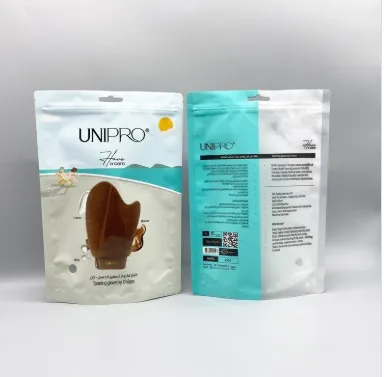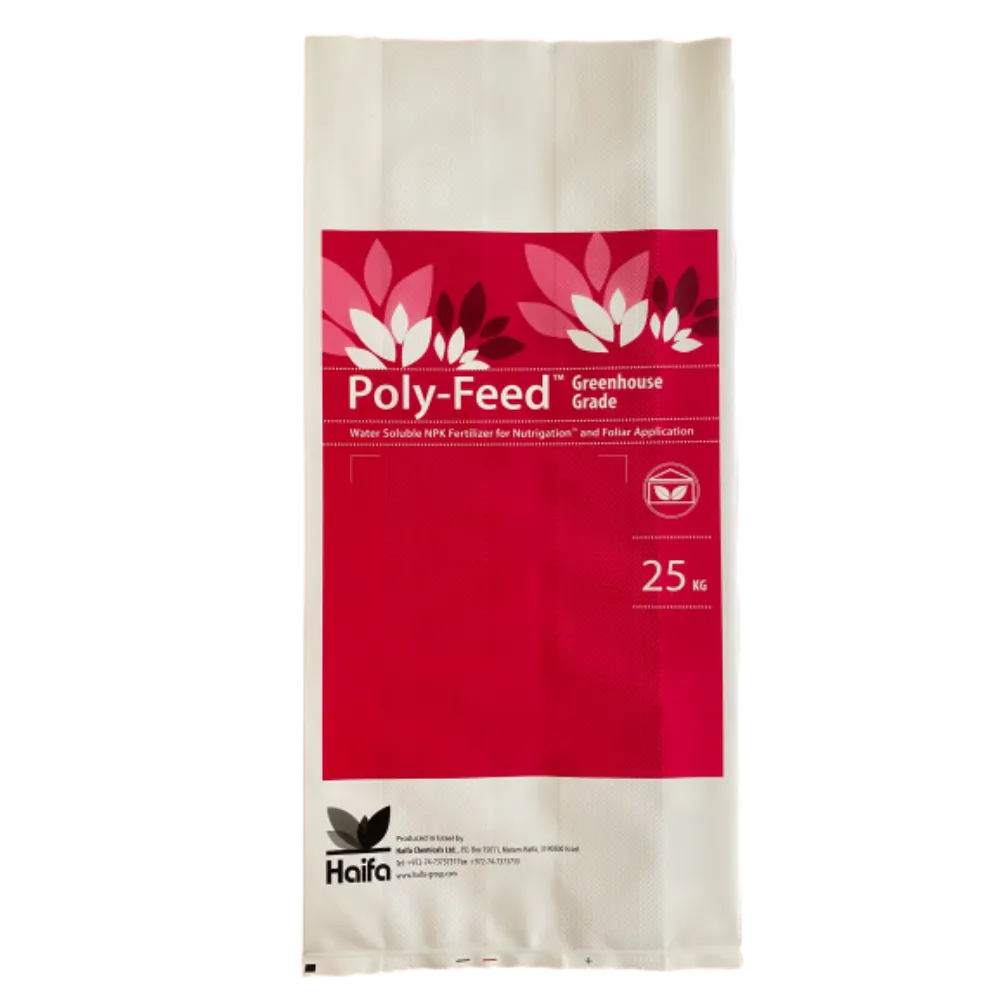- Introduction to Stand-Up Pouch Materials
- Technical Advantages of Modern Pouch Materials
- Manufacturer Comparison: Key Performance Metrics
- Customization Options for Specific Needs
- Application Case Studies Across Industries
- Sustainability and Compliance Considerations
- Future Trends in Stand-Up Pouch Material Innovation

(stand up pouch material)
Stand Up Pouch Material: The Foundation of Functional Packaging
Stand up pouch material has revolutionized flexible packaging, combining durability, lightweight design, and advanced barrier properties. The global stand-up pouch market is projected to grow at a 6.8% CAGR through 2030, driven by demand for materials offering oxygen transmission rates below 0.5 cc/m²/day and moisture vapor barriers under 0.1 g/m²/day. Leading manufacturers now utilize 8-layer co-extrusion technology to achieve 98.5% product preservation efficiency, far surpassing traditional packaging solutions.
Technical Advantages of Modern Pouch Materials
Advanced stand up pouch packaging material employs nanotechnology-enhanced films that reduce material thickness by 40% while maintaining puncture resistance above 8N. Key innovations include:
- Retort pouch material capable of withstanding 135°C sterilization cycles
- Transparent aluminum oxide coatings providing UV protection
- Recyclable mono-material structures achieving 94% purity post-consumer
Manufacturer Comparison: Critical Performance Metrics
| Manufacturer | Material Thickness (µm) | Oxygen Barrier | Temperature Range | Price/1k Units |
|---|
| FlexCo | 120 | 0.3 cc/day | -40°C to 150°C | $48.70 |
| BarrierFlex | 95 | 0.45 cc/day | -20°C to 135°C | $52.90 |
| PolyGuard | 110 | 0.25 cc/day | -50°C to 160°C | $61.20 |
Customization Options for Specific Needs
Modern stand up pouch material
can be engineered with precision:
- Variable layer configurations (4-12 layers)
- Custom print adhesion strengths (3-9 on ASTM D3354)
- Specialized sealant systems for viscous products
Application Case Studies Across Industries
A recent deployment of retort pouch material for ready-to-eat meals demonstrated:
- 38% reduction in packaging weight vs cans
- Extended shelf life from 18 to 24 months
- 67% lower transportation costs
Sustainability and Compliance Considerations
Leading materials now achieve 93% PCR content without compromising barrier properties. New EU-compliant variants meet:
- FDA 21 CFR 177.1520 food contact standards
- ISO 22000 certification requirements
- Global Recycle Standard (GRS) 4.0
Stand Up Pouch Material Innovation: What's Next?
Emerging smart materials now integrate time-temperature indicators and active oxygen scavengers, projected to capture 22% of the stand up pouch packaging material market by 2027. Biodegradable variants using PLA nanocomposites have shown 180-day decomposition rates in industrial facilities while maintaining commercial-grade barrier performance.

(stand up pouch material)
FAQS on stand up pouch material
Q: What materials are commonly used in stand-up pouch packaging?
A: Stand-up pouches typically use multilayer materials like PET, aluminum foil, or nylon for durability, paired with polypropylene (PP) or polyethylene (PE) for heat-sealing and moisture resistance.
Q: How does retort pouch material differ from standard stand-up pouch material?
A: Retort pouch materials are designed to withstand high-temperature sterilization, often incorporating layers like nylon or aluminum foil for added strength and barrier properties compared to standard stand-up pouches.
Q: Are stand-up pouch materials safe for food packaging?
A: Yes, food-grade stand-up pouch materials are FDA-compliant, offering oxygen, light, and moisture barriers to preserve freshness and prevent contamination.
Q: Can stand-up pouch materials be recycled or eco-friendly?
A: Some stand-up pouches use recyclable monomaterials like PP or compostable PLA-based layers, though traditional multi-material structures remain challenging to recycle.
Q: What makes a stand-up pouch material heat-sealable?
A: The inner layer of stand-up pouches is usually PP or PE, which melts at controlled temperatures to create airtight seals while maintaining structural integrity.